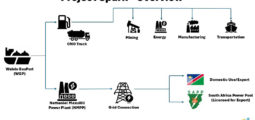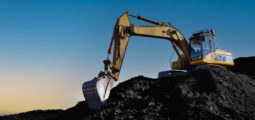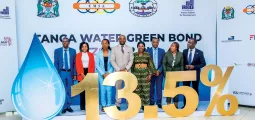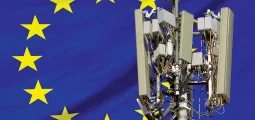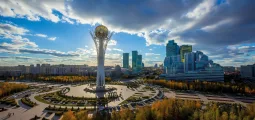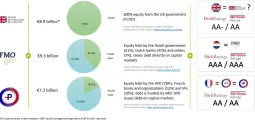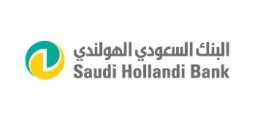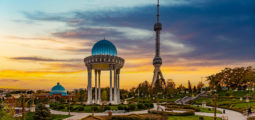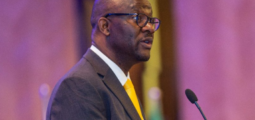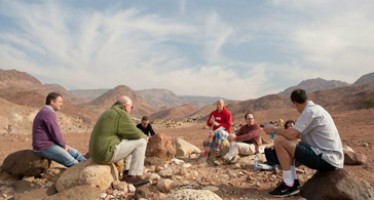Project Spark: Powering Southern Africa’s Future Through a Balanced Energy Mix
Namibia’s first gas-to-power plant aims to address the region’s chronic energy shortages through a pragmatic, balanced approach that blends innovation, natural gas, and regional cooperation.
Access to reliable electricity is often taken for granted in many developed economies. In Southern Africa, however—particularly Namibia, South Africa, Zambia, and the Democratic Republic of the Congo (DRC) in Central Africa—power is not just about lighting homes; it is about igniting industries, driving employment, and enabling long-term economic growth. With a combined population approaching 200 million, these countries continue to face persistent challenges in delivering dependable and affordable electricity to their citizens and businesses.
Amidst these constraints, a landmark initiative is emerging that could help change the game. Project Spark, a gas-to-power initiative co-developed by Ariya Capital Group, aims to introduce Namibia’s first combined cycle gas turbine (CCGT) power plant, offering 586 MW of reliable base-load power fuelled by re-gasified liquefied natural gas (LNG). In a region where energy security is a daily concern, this is no small feat.

The High Stakes: Why Reliable Energy Matters
Namibia’s projected electricity demand is expected to more than double over the next 15 years, from 8 TWh in 2025 to 18 TWh in 2040. This growth will be driven by increased industrialisation, urbanisation, and economic development. Energy-intensive industries—particularly mining, which forms a vital part of both Namibian and South African GDP—require continuous, stable power. Any disruption to supply results in production halts, equipment damage, and costly delays.
Yet today, Namibia’s electrification rate sits at just 50%. In 2021, electricity was the country’s third-most imported product, and in 2023, Namibia spent a staggering $5bn importing power—largely from South Africa, a country grappling with its own load-shedding crisis. These conditions present a significant barrier to industrial productivity, investor confidence, and sustainable development.
The Case for a Balanced Energy Mix
Africa’s natural endowments make it a potential global leader in renewable energy. Solar, wind, and hydropower resources are abundant across the continent. However, renewables alone cannot yet provide the scale, stability, and reliability required to underpin a modern industrial economy. Solar and wind are intermittent by nature, and utility-scale energy storage remains prohibitively expensive and technically underdeveloped in many parts of Southern Africa.
What the region needs is a balanced energy mix—one that maintains grid stability while allowing for decarbonisation and diversification over time. This calls for a pragmatic energy strategy: one that supports renewable deployment but is also anchored in reliable, cleaner scalable fuels such as natural gas.
Natural Gas: The Scalable Fuel of Choice
Natural gas offers a compelling solution to Southern Africa’s wide-ranging energy challenges, where many areas have no reliable energy sources while others need additional output to meet demand. Natural gas plants are scalable, modular, and cost-efficient, produce around 50% less CO₂ than coal, and can be deployed faster than nuclear or geothermal power. Critically, gas turbines can also ramp up and down quickly—making them ideal companions for intermittent renewables. They provide crucial back-up during periods of low solar or wind output and help maintain grid frequency and voltage.
In this context, Project Spark represents more than just a power plant—it is a strategic asset in Namibia’s energy architecture and the wider Southern African energy ecosystem.
“Project Spark highlights the expertise, innovation, and integrity that Ariya Capital Group and its co-development partners bring to launching large-scale energy infrastructure projects in Africa.”
– Dr Herta von Stiegel CEO, Ariya Capital Group

CEO of Ariya Capital Group: Dr Herta von Stiegel
Project Spark: A Model for Abundant African Energy Supply
Located near the strategic port of Walvis Bay, the Nathaniel Maxuilili Power Plant (NMPP) will be fuelled by LNG supplied via the innovative Walvis GasPort. The project combines floating storage units with onshore re-gasification and a truck-loading facility to serve both the power plant and regional industrial users. The design will also allow LNG to be transported in 40-foot containers to inland mines, factories, and smaller power plants—expanding the reach and impact of the infrastructure.
With a 45% ownership stake, Ariya Capital Group brings not only capital but deep expertise in structuring and delivering high-impact energy infrastructure in emerging markets. Their innovative approach is at the heart of Project Spark, which is expected to turn Namibia from a net importer to a net exporter of power by stabilizing Namibia’s grid and supplying neighbouring countries that are integrated into the Southern Africa Power Pool (SAPP) with baseload power. Zambia, South Africa, and the DRC are expected to be anchor markets, enhancing regional stability and improving the plant’s commercial viability.
Regional and Economic Ripple Effects
The benefits of Project Spark are expected to extend well beyond the borders of Namibia. By providing a reliable supply of power and natural gas to both domestic and export markets, the project can help alleviate energy deficits, lower industrial costs, and unlock new opportunities for trade and investment.
For Namibia, the move towards domestic energy production represents a major step in showcasing Namibia as a preferred location for developing large-scale infrastructure projects in the region. For investors, the project offers compelling risk-adjusted returns grounded in solid fundamentals, a strong regional demand profile, and a strategic geographic location.
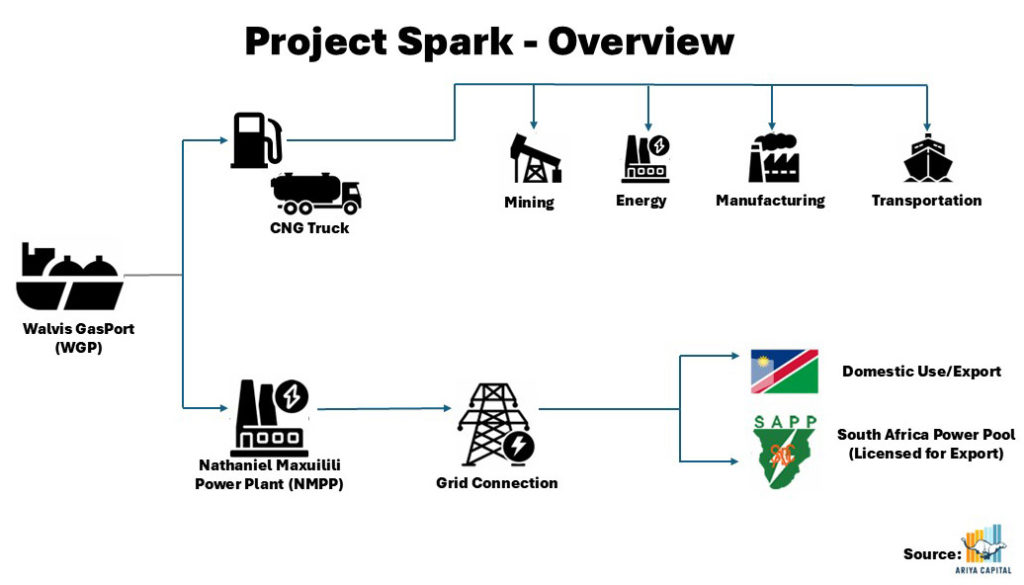
Building with Integrity
While large-scale energy infrastructure in emerging markets often comes with complexities—from licensing and land acquisition to environmental impact and community engagement—Project Spark is being developed with a commitment to transparency, sustainability, and regulatory compliance. Ariya Capital’s approach has prioritised collaboration with local authorities, environmental due diligence, and long-term stakeholder engagement.
This ethos is vital in a region where investor confidence is shaped not just by returns, but by the quality of governance and the resilience of institutions.
A Model for Africa’s Energy Transition?
Ariya Capital Group and their co-development partners expect imminent financial close for Project Spark, and this could serve as a blueprint for how Africa balances economic growth with environmental responsibility. By pairing renewables with transitional fuels like natural gas and investing in regional integration, governments and private sector partners can build more resilient, scalable, and sustainable energy systems.
As Namibia and its neighbours seek to industrialise and improve the quality of life for millions of citizens, energy will remain the central enabler. With a smart mix of technologies, innovative financing, and strategic partnerships, Africa has the opportunity not only to meet its power needs—but to lead the world in energy innovation.
You may have an interest in also reading…
Mowgli Foundation Report: Mentoring Achieved Return on Mentoring Investment (ROMI) Returns of 890%
The Mowgli Foundation publishes a report that highlights the Return on Mentoring Investment (ROMI) and economic generation impact achieved through
IDB Approves US$ 617 Million in Development Funding
The Islamic Development Bank (IDB) recently approved US$ 617 million towards funding development projects including important projects in the areas
Central Asian Countries Pledge Action on Climate Change
Central Asia faces climate change related issues such as warmer temperatures, glacier melt, increased variability in water resources, and frequent












